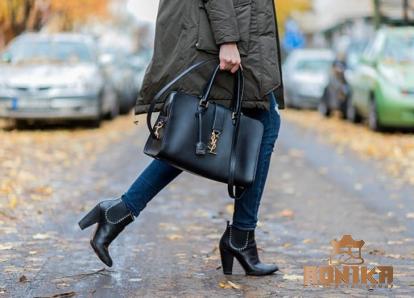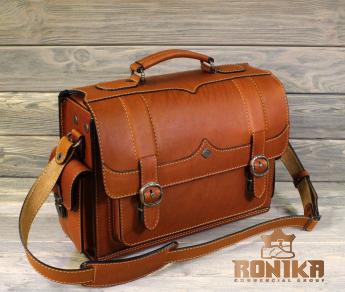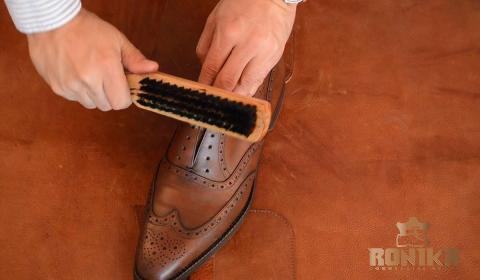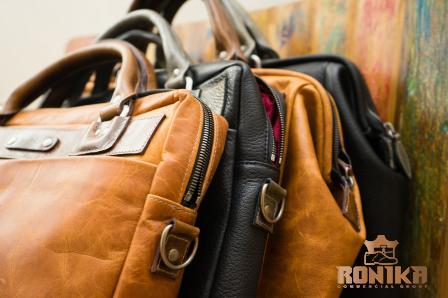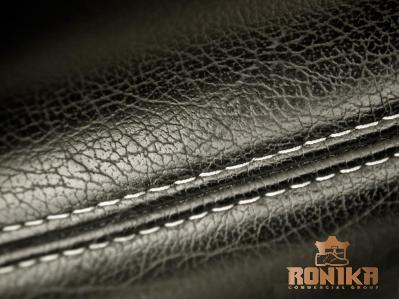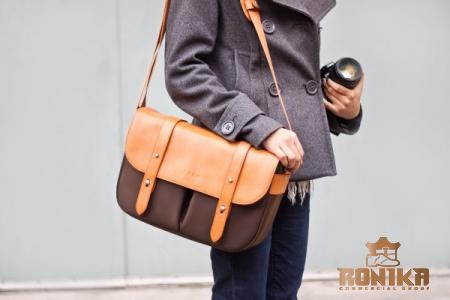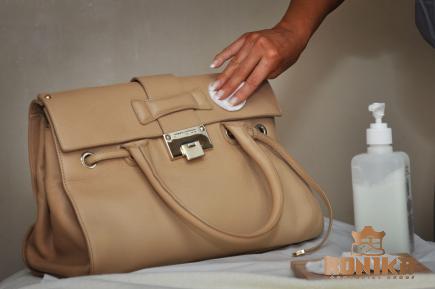Osha standard safety shoes | Buy at a Cheap Price
It might be a question about safety shoes, does OSHA require safety shoes? According to the most recent figures that are available from the United States Bureau of Labor Statistics, there were around 100,000-foot injuries that happened on the job in the year 2016
This information can be found here
As a result of these injuries, people missed a total of 10 days of work on average
When the cost of OSHA fines is added to the cost of missed productivity caused by the accident, not to mention the potential cost of workers’ compensation and the prospective cost of extra employment, an organization’s lack of foot protection has the potential to quickly become extremely expensive for the organization

Other potential costs include the cost of extra employment and the potential cost of workers’ compensation
When working in environments where there is a chance of injuring one’s feet as a result of falling, rolling, or items entering the sole, it is important to wear protective footwear
When the use of protective footwear protects an injured worker from an electrical danger, such as static discharge or the risk of electric shock, that persists after the employer has taken other safeguards, the use of protective footwear is considered reasonable compensation for the injured worker
“The employer is responsible for ensuring that each appropriate employee wears protective footwear while they are working in locations where there is a danger of damage to the feet as a result of falling or rolling, or from items entering the sole
” This rule that was published by the federal government and is referred to as 29 CFR 1910
136(a) is not too complicated
The Occupational Safety and Health Administration (OSHA) recommends that individuals follow the guidelines set out by their employer on the donning of protective footwear in the situations that are described in the following paragraphs: Toxic or caustic substances, whether they are chemicals or materials
electrical risks Static electricity, which, when it builds up to sufficient levels, is capable of detonating an explosion when it finally does
Things that are difficult to carry and have the potential to topple over and smack you in the foot if they do are examples of these
Items with pointed corners that might possibly cause a puncture wound to the foot A metal that can be found in liquid form and has the potential to splatter upon one’s feet
Note: surfaces that are either highly hot or very slippery
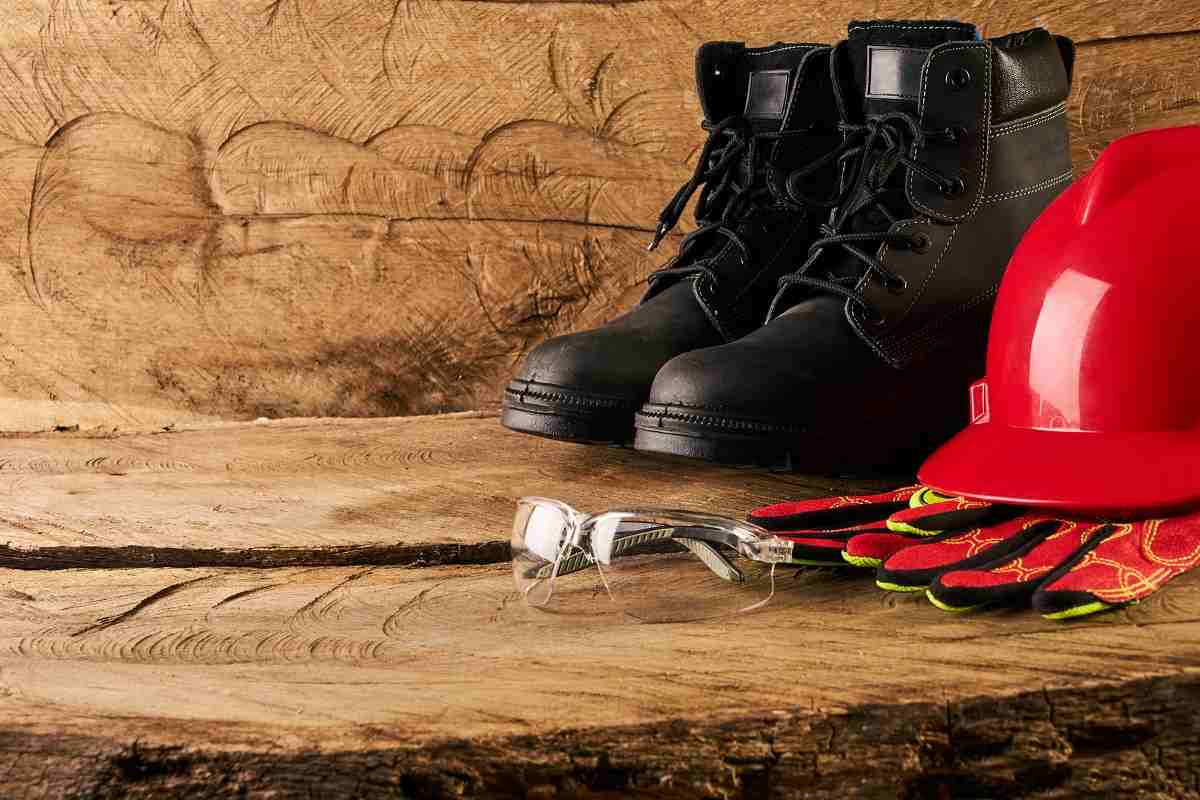
In order to determine whether or not employees are required to use personal protective equipment and what kind of footwear they should do so in, the Occupational Safety and Health Administration recommends conducting an assessment
This evaluation can be carried out by a member of the company’s safety staff or by a third-party consultant
The assessment can also be used to determine whether or not employees are required to use personal protective equipment
This may be accomplished in a manner that is in conformity with the suggestions made by the Occupational Safety and Health Administration
ASTM International is the name of the organization in the United States that is in charge of determining the performance standards for footwear that are intended to provide protection
The Occupational Safety and Health Administration (OSHA) mandates that all workers at all times must be outfitted with personal protective equipment (PPE) (PPE)
It is common knowledge that the American Society for Testing and Materials International, usually referred to as ASTM International, is the most prominent and well-recognized standards organization in the whole of the world
The American Society for Testing and Materials, now known as ASTM International, was once a forerunner in its field when it came to the creation and publishing of technical standards for a broad range of goods
The American Society for Testing and Materials (ASTM) has developed a standard that manufacturers of safety footwear who sell their products in the United States are required to adhere to as strictly as possible
Once every five years, committees made up of industry specialists examine the standards to verify that they are current and include all relevant topics
This helps to guarantee that the standards remain comprehensive
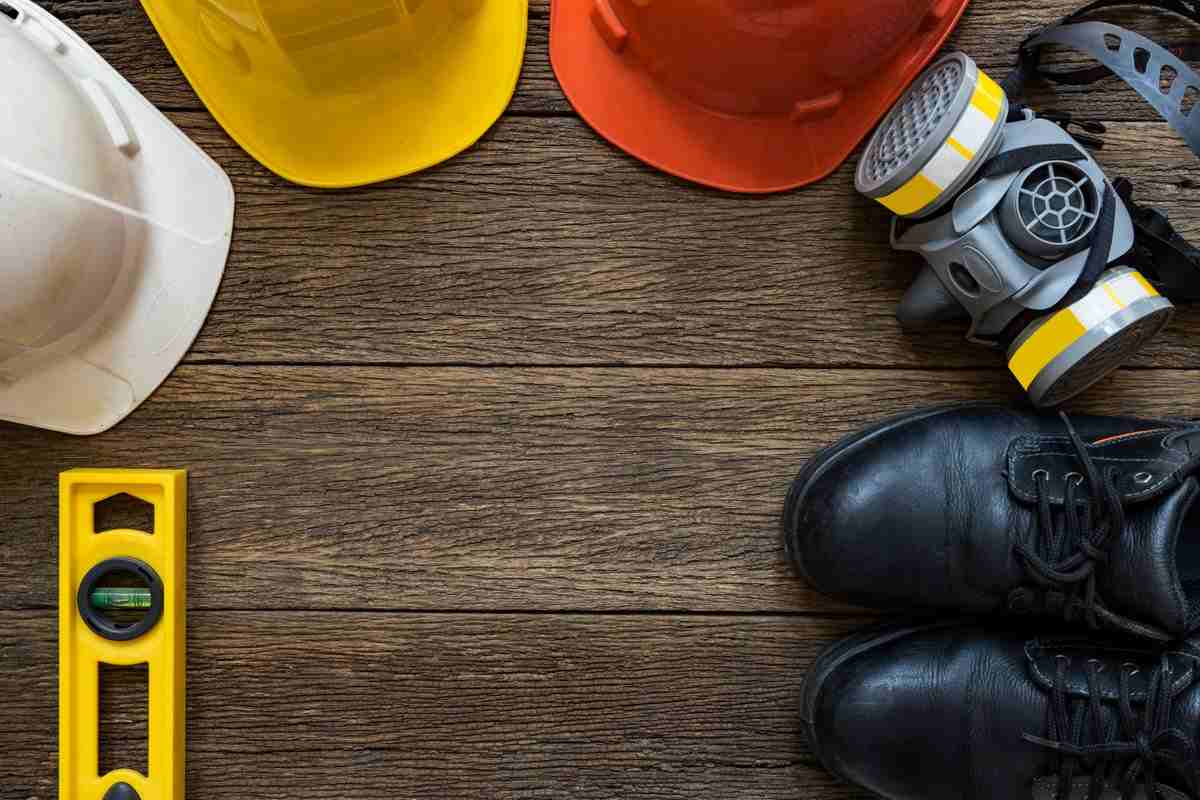
In addition, the standards are adjusted as required in order to satisfy the ever-evolving requirements of the business sector as well as the shifting expectations of the general public
2017 was the year that witnessed the publication of the most recent modifications to the standards for footwear that were intended expressly for safety purposes
These updates were made available for public use
In order to be considered compliant, protective footwear must be constructed in compliance with the international standard ASTM F2413 (current version: F2413-17)
These are the criteria for the standard set of standards that regulate the performance of protective (safety) footwear, and this collection of standards is the standard
The standard governs the performance of protective footwear
The protocol for the standard test for foot protection is specified in the international standard ASTM F2412
The F2412-18 edition of this document is the most recent iteration of this document and contains the most up-to-date information
Because the ASTM F13 Pedestrian/Trail Safety and Footwear Committee is the body tasked with ensuring the continued validity of both of these standards, the committee’s purview extends to include each of them in equal measure
In order to comply with ASTM F2413, you must wear footwear that is resistant to pressure and impact and that has integrated toe caps (eg non-removable safety toe caps)
These shoes require a label that says “I/75/C/75” somewhere on them
The shoes that are required for the different types of work will, in addition to being resistant to pressure and impact, exhibit their list of requirements
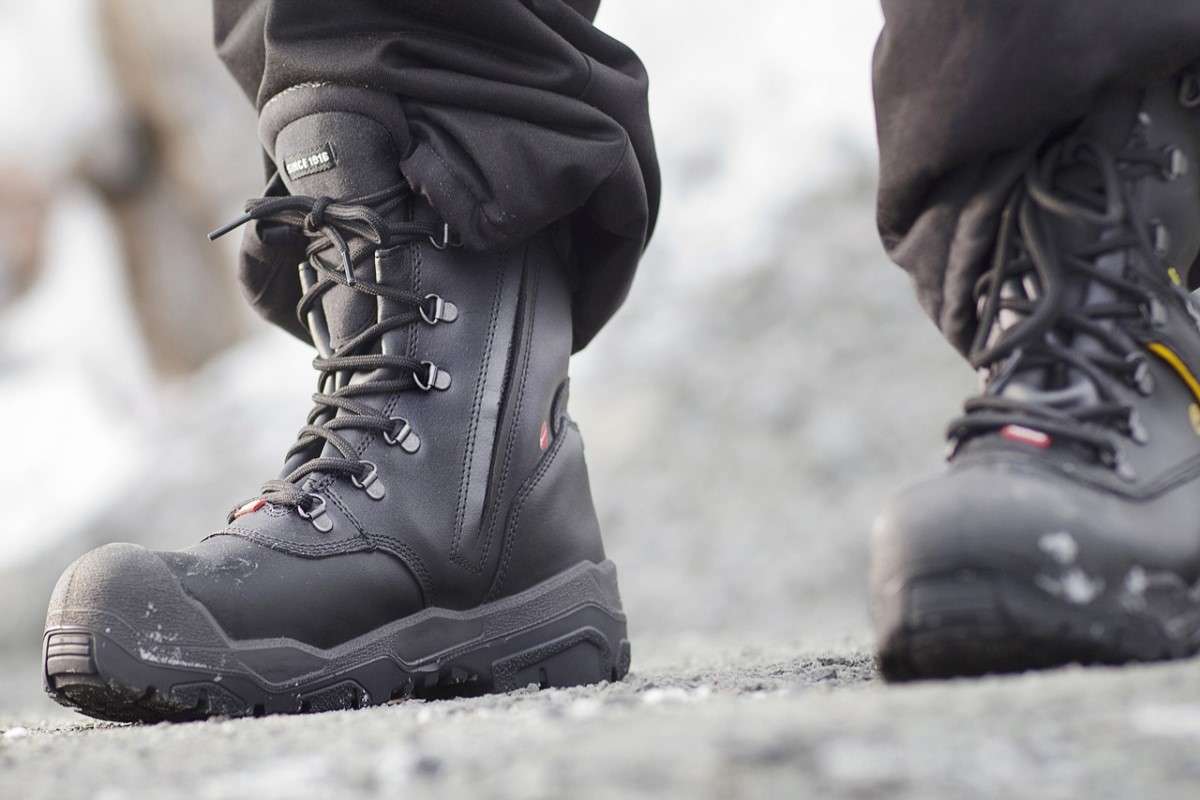
If a customer were shopping for shoes, for instance, they may come across an ASTM-approved product that was labeled as follows: ASTM F2413-17 M/I/75/C/75 Divided by 75 to get tons of metric
To be more specific, what does it stand for? The first line of the description states that the shoe complies with the requirements of the ASTM F2413-17 standard
The letter “M” signifies “man,” “I/75” denotes the impact rating, and “C/75” denotes the stress rating in the following text
The third line, which is designated Mt/75, demonstrates that the metatarsal region is safeguarded against an applied force of 75-foot pounds
As always, our number one focus is meeting the needs of our valued clients by delivering products of the highest possible quality

